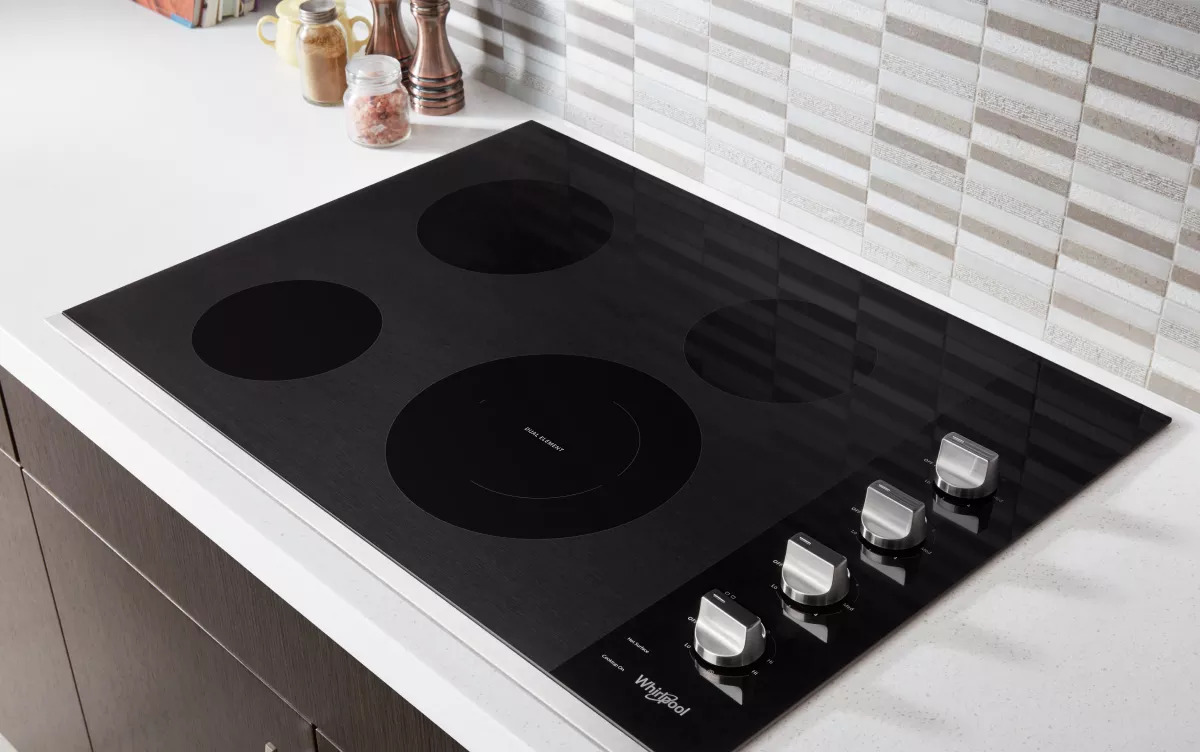

Articles
What Are Glass Top Stove Burners Made Of
Modified: February 8, 2024
Discover what glass top stove burners are made of in this informative article. Learn about the materials used and how they affect cooking performance.
(Many of the links in this article redirect to a specific reviewed product. Your purchase of these products through affiliate links helps to generate commission for Storables.com, at no extra cost. Learn more)
Introduction
Welcome to our comprehensive guide on glass top stove burners. Glass top stoves have become increasingly popular in modern kitchens due to their sleek and stylish design. These types of stoves feature a smooth, glass surface that not only adds a touch of elegance to your kitchen but also provides a convenient and easy-to-clean cooking surface.
When it comes to glass top stoves, the burners play a crucial role in the cooking process. They are responsible for generating heat and distributing it evenly across the cooking surface. Understanding the composition and features of glass top stove burners is essential for both cooking efficiency and maintenance.
In this article, we will take an in-depth look at the different types of glass top stove burners, their material composition, key features, and the pros and cons of using them. We will also provide valuable tips on maintenance and cleaning, as well as common issues that may arise with glass top stove burners and how to address them effectively.
So, whether you are considering purchasing a glass top stove or already own one and want to learn more about its burners, this guide will serve as a helpful resource to answer all your questions. Let’s dive in and explore the world of glass top stove burners.
Key Takeaways:
- Glass top stove burners, whether radiant or induction, offer sleek design, even heat distribution, and precise controls. Proper maintenance and care can maximize their longevity and cooking efficiency.
- Understanding the material composition, key features, and potential issues of glass top stove burners is essential for a seamless and elegant cooking experience. Consistent maintenance and proper handling can preserve their sleek appearance and functionality.
Read more: What Are Stove Burners Made Of
Glass Top Stove Burners: An Overview
Glass top stoves have revolutionized the way we cook with their sleek and modern design. One of the key components of these stoves is the burners, which are responsible for heating the cooking surface and ensuring even distribution of heat. Understanding the different types of glass top stove burners and their features is essential for making informed decisions about your cooking needs.
There are primarily two types of glass top stove burners: radiant and induction. Radiant burners use electric coils located beneath the glass surface to generate heat. These burners provide a consistent and even heat distribution, making them suitable for a variety of cooking methods. Induction burners, on the other hand, use electromagnetism to heat the cookware directly. They offer precise control over heat levels and faster cooking times, as the heat is generated directly in the cookware.
When it comes to the material composition, glass top stove burners are typically made of a ceramic glass material, which is incredibly durable and can withstand high temperatures. This material is also resistant to scratches and stains, making it ideal for everyday cooking. The burners are designed to sit flush with the glass surface, creating a sleek and seamless appearance.
One of the key features of glass top stove burners is the control knobs or touch controls located on the front panel of the stove. These controls allow you to adjust the heat levels with precision, making it easier to cook a wide range of dishes. Some advanced models even offer features such as simmer settings, dual-size burners, and rapid boil options.
While glass top stove burners offer many benefits, there are also a few considerations to keep in mind. Glass top surfaces can be prone to scratching, so it’s important to use cookware with smooth bottoms and avoid dragging or sliding pots and pans across the surface. Additionally, glass top stove burners require a specific type of cookware that can generate a magnetic field for induction burners. It’s essential to check if your existing cookware is compatible or invest in induction-friendly pots and pans.
In the next sections of this article, we will delve deeper into the material composition of glass top stove burners, explore their key features, discuss the pros and cons of using them, and provide valuable tips for maintenance and cleaning. So, let’s continue our journey to discover more about glass top stove burners and make the most out of your cooking experience.
Types of Glass Top Stove Burners
When it comes to glass top stove burners, there are primarily two types: radiant burners and induction burners. Each type offers unique features and benefits, catering to different cooking needs and preferences.
Radiant Burners
Radiant burners are the traditional choice for glass top stoves. They consist of electric coils located beneath the smooth, glass surface. When the burner is turned on, the coils heat up and transfer the heat to the cookware placed on top of the burner.
One of the key advantages of radiant burners is their versatility. They are suitable for a wide range of cookware materials, including stainless steel, cast iron, and ceramic. The even heat distribution provided by radiant burners ensures that your food cooks evenly, minimizing the risk of hot spots.
Radiant burners offer different heat settings, allowing you to choose the appropriate temperature for various cooking tasks. Some models even feature a dual-size burner, which allows you to adjust the size of the heating element to accommodate different pot or pan sizes.
However, it’s important to note that radiant burners may take some time to heat up and cool down, so you need to plan your cooking accordingly. They also retain heat after being turned off, which can be a safety concern.
Induction Burners
Induction burners are a more advanced and efficient option for glass top stoves. Instead of using coils, they utilize electromagnetism to generate heat directly in the cookware. This technology offers several advantages over radiant burners.
One of the key benefits of induction burners is their rapid heating capability. They can heat up much faster than radiant burners, allowing you to start cooking in no time. Induction burners also provide precise control over heat levels, allowing for more accurate cooking results.
Another advantage of induction burners is their energy efficiency. Since the heat is generated directly in the cookware, there is minimal heat loss, resulting in faster cooking times and reduced energy consumption.
Induction burners also offer a safer cooking experience as the surface remains cool to the touch. This feature not only reduces the risk of accidental burns but also makes cleaning easier, as food spills are less likely to burn onto the surface.
However, it’s essential to note that induction burners require specific cookware with a magnetic bottom, such as cast iron or stainless steel. Cookware made from materials like glass, aluminum, or copper will not work on induction burners. Additionally, induction burners tend to be more expensive when compared to radiant burners.
By understanding the different types of glass top stove burners, you can make an informed decision about which option best suits your cooking needs and preferences. In the next section, we will explore the material composition of glass top stove burners, shedding light on the materials used to make them durable and efficient.
Read more: How To Fix Samsung Glass Top Stove Burners
Material Composition of Glass Top Stove Burners
Glass top stove burners are typically made from a ceramic glass material that is designed to withstand high temperatures and provide a smooth cooking surface. This material composition plays a crucial role in the durability and functionality of the burners.
The ceramic glass used in glass top stove burners is a blend of glass and ceramic materials. It undergoes a manufacturing process that involves heating the raw materials to a high temperature and then cooling them rapidly to create a tough and heat-resistant surface.
One of the key advantages of ceramic glass is its ability to withstand extreme temperatures. Glass top stove burners can handle high heat without cracking or shattering. This feature not only ensures the longevity of the burners but also allows for efficient cooking at various temperature levels.
Ceramic glass is also highly resistant to scratches, stains, and impact. The smooth surface of the burners makes it easier to clean and maintain. However, it is important to note that while ceramic glass is durable, it can still be susceptible to scratches if abrasive materials or utensils are used on the surface.
In addition to its durability, ceramic glass also has excellent heat conductivity. This means that the heat generated by the burners is efficiently transferred to the cookware, ensuring even heat distribution and minimizing the risk of hot spots on the cooking surface. This feature is especially important for achieving consistent and precise cooking results.
Another advantage of ceramic glass is its aesthetic appeal. The sleek and smooth surface of glass top stove burners adds a touch of elegance to any kitchen. The burners are designed to sit flush with the glass surface, creating a seamless and visually appealing cooking area.
It is worth noting that while ceramic glass is highly resistant to heat and impact, it is still a fragile material. Care must be taken to avoid dropping heavy objects onto the burners, as this can cause the glass to crack or shatter. It is also important to follow the manufacturer’s instructions for proper use and cleaning to maintain the integrity of the ceramic glass surface.
In summary, the material composition of glass top stove burners, made from ceramic glass, provides durability, heat resistance, and efficient heat transfer. This allows for safe and effective cooking while maintaining the sleek and elegant appearance of the stove. In the next section, we will explore the key features of glass top stove burners that enhance the cooking experience.
Key Features of Glass Top Stove Burners
Glass top stove burners come with a range of features that enhance the cooking experience and provide convenience and control. These features are designed to make your cooking tasks easier and more efficient. Let’s explore some of the key features of glass top stove burners.
Control Knobs or Touch Controls
One of the primary features of glass top stove burners is the control knobs or touch controls located on the front panel of the stove. These controls allow you to adjust the heat levels of the burners with precision. Depending on the model, you may have individual controls for each burner or a single control panel that regulates multiple burners.
Dual-Size Burners
Some glass top stove burners come with dual-size burners that allow you to adjust the size of the heating element to accommodate different pot or pan sizes. This feature is useful when you need to heat a small saucepan or a large stockpot efficiently. It provides flexibility and ensures that the heat is distributed evenly across the entire cooking surface.
Read more: What Are Stove Burners Called
Simmer and Melt Settings
Many glass top stove burners offer simmer and melt settings, which are designed to provide low and gentle heat for delicate tasks such as simmering sauces or melting chocolate. These settings help prevent scorching or burning, allowing you to achieve perfect results for your recipes that require precise temperature control.
Rapid Boil Options
To cater to those who need boiling water quickly, some glass top stove burners offer rapid boil options. This feature allows the burner to generate high heat to bring liquids to a boil faster than traditional stoves. It can be particularly helpful when you need to prepare pasta, blanch vegetables, or quickly heat a large pot of water.
Indicator Lights
Indicator lights are a common feature found on glass top stove burners. These lights serve as visual cues to indicate when the burner is turned on or off. They provide a helpful reminder to ensure the safety of your cooking area and prevent accidental burns.
It’s important to note that the availability of these features may vary depending on the specific model and brand of your glass top stove. When purchasing a stove, consider the features that are important to your cooking needs and habits.
These key features of glass top stove burners not only provide control and convenience but also enhance the cooking experience. Whether you are simmering a delicate sauce or quickly boiling water for a pasta dish, these features enable you to achieve optimal results. In the next section, we will discuss the pros and cons of using glass top stove burners.
Pros and Cons of Glass Top Stove Burners
Glass top stove burners offer numerous advantages and some considerations that should be taken into account when choosing a cooking appliance for your kitchen. Understanding the pros and cons of glass top stove burners will help you make an informed decision based on your cooking style and requirements.
Read more: Why Do Flat Top Stove Burners Flash
Pros of Glass Top Stove Burners:
1. Sleek and Modern Design: Glass top stove burners add a touch of elegance to any kitchen with their smooth and seamless surface. They provide a contemporary and visually appealing look, enhancing the overall aesthetic of your cooking area.
2. Easy to Clean: The flat and smooth surface of glass top stove burners makes them easy to clean. Spills and stains can be quickly wiped away with a soft cloth or sponge. Some models even feature a built-in cleaning function that helps remove stubborn residues.
3. Even Heat Distribution: Glass top stove burners are designed to provide even heat distribution across the cooking surface. This ensures consistent cooking results and reduces the risk of hot spots, allowing you to achieve delicious dishes every time.
4. Efficiency: Glass top stove burners, especially induction burners, are highly energy-efficient. The direct transfer of heat from the burner to the cookware results in faster cooking times and less energy wasted. This can help reduce your energy consumption and save money in the long run.
5. Control and Precision: Glass top stove burners come with precise temperature controls, allowing you to adjust the heat levels with accuracy. Many models offer features like simmer settings and melting options, enabling you to achieve precise temperatures for delicate cooking tasks.
Cons of Glass Top Stove Burners:
1. Fragility: Glass top stove burners, while durable, can still be prone to cracking or shattering if heavy objects are dropped on them. Care must be taken to avoid impact and follow proper handling practices to prevent damage.
2. Scratching: The smooth surface of glass top stove burners can be susceptible to scratches if abrasive materials or utensils are used. It is important to use cookware with smooth bottoms and avoid dragging or sliding pots and pans across the surface.
3. Compatibility: Induction burners, in particular, require specific cookware with a magnetic bottom for proper functionality. Cookware made from materials like glass, aluminum, or copper will not work on induction burners. It may be necessary to invest in new cookware if you don’t already have induction-friendly pots and pans.
4. Heat Retention: Glass top stove burners can retain heat even after they are turned off. It is essential to be cautious and avoid touching the surface immediately after cooking. This can be mitigated by allowing sufficient cooling time or using indicator lights to indicate when the burner is still hot.
By weighing these pros and cons, you can determine if glass top stove burners are the right choice for your cooking needs. They offer style, easy maintenance, and precise control while considering factors such as fragility and cookware compatibility. In the next section, we will discuss maintenance and cleaning tips to keep your glass top stove burners in excellent condition.
Maintenance and Cleaning of Glass Top Stove Burners
Maintaining and cleaning your glass top stove burners is essential to ensure their longevity, efficiency, and aesthetic appeal. With proper care, you can keep them looking pristine and performing at their best. Here are some tips to help you effectively maintain and clean your glass top stove burners:
1. Regular Cleaning: Clean your glass top stove burners after each use to prevent any food or residue from hardening or staining the surface. Use a soft cloth or sponge and a non-abrasive cleaner specifically designed for glass top stoves. Avoid using harsh chemicals or abrasive scrubbing pads, as they can damage the surface.
2. Remove Spills Immediately: If spills occur on the burners during cooking, it is best to remove them immediately. Use a damp cloth or sponge to wipe away the spilled food or liquid. This prevents them from burning onto the surface and becoming more challenging to clean later.
3. Avoid Scratching: Use cookware with smooth bottoms to avoid scratching the glass surface of the burners. Avoid dragging or sliding pots and pans across the surface, as this can lead to scratches. It is also recommended to lift cookware rather than sliding it to prevent potential damage.
4. Allow Sufficient Cooling Time: After cooking, allow the glass top stove burners to cool down before attempting to clean them. Cleaning while the burners are hot can increase the risk of burn injuries and may also damage the cleaning materials.
5. Use a Razor Scraper: If any stubborn food or residue is difficult to remove with a cloth or sponge, you can use a razor scraper specifically designed for glass top stoves. Gently scrape off the residue at a flat angle, taking care not to apply excessive pressure that could damage the surface.
6. Polish with Glass Cleaner: Once the burners are clean, you can use a glass cleaner to polish the surface and enhance its shine. Apply the glass cleaner to a soft cloth or paper towel and gently buff the burners. Be sure to follow the manufacturer’s instructions for the specific glass cleaner you are using.
7. Regular Maintenance: Periodically inspect the burners for any signs of wear or damage. If you notice any cracks, chips, or other issues, contact a professional for repair or replacement. Additionally, refer to the manufacturer’s guidelines for any specific maintenance tasks recommended for your glass top stove model.
By following these maintenance and cleaning tips, you can keep your glass top stove burners in excellent condition. Regular cleaning, proper handling of cookware, and avoiding abrasive materials will help preserve the surface and ensure efficient and safe cooking. In the next section, we will discuss common issues that may arise with glass top stove burners and how to address them effectively.
Common Issues with Glass Top Stove Burners
While glass top stove burners offer many benefits, there are some common issues that may arise during their use. Understanding these issues and knowing how to address them can help you troubleshoot and maintain the optimal performance of your stove. Here are some of the most common issues with glass top stove burners:
1. Scratches: Glass top stove burners are susceptible to scratching. Avoid using abrasive materials or cleaning tools that can scratch the surface. Use cookware with smooth bottoms and lift rather than slide them across the surface to prevent scratches. If scratches do occur, you can try using a glass cooktop cleaner or polish to minimize their appearance.
2. Cracks or Chips: Due to their glass composition, glass top stove burners can be susceptible to cracks or chips if heavy objects are dropped on them. If you notice any cracks or chips, it is important to stop using the affected burner immediately and contact a professional for repair or replacement.
3. Inconsistent Heating: If you experience issues with inconsistent heating, such as hot or cold spots on the burners, it may be due to uneven cookware or improper placement. Ensure that your cookware has a flat and smooth bottom for optimal heat transfer. Adjust the position of the pot or pan on the burner to achieve more even heating.
4. Burner Not Heating: If a burner on your glass top stove is not heating at all, it may be a result of a faulty burner element or a problem with the control switch. Check the connections and wires to ensure they are secure and functioning correctly. If the issue persists, it may require professional assistance.
5. Stuck or Difficult-to-Turn Control Knobs: Over time, control knobs on glass top stove burners may become stuck or difficult to turn. This can be due to residue buildup or wear and tear. Clean the control knobs thoroughly using a mild cleaner and ensure they are dry before reattaching them. If the issue continues, consider consulting a professional for further inspection.
6. Food Residue Buildup: If food or residue has hardened onto the surface of your glass top stove burners, it can be challenging to clean. Use a razor scraper specifically designed for glass top stoves to gently remove hardened residues. Follow up with a non-abrasive cleaner and a soft cloth or sponge to clean the surface.
7. Electrical Issues: If you are experiencing electrical issues with your glass top stove burners, such as random shut-offs or tripped circuit breakers, it is crucial to consult a professional. Electrical issues can be dangerous, and it is best to have them addressed by a qualified technician.
It is important to note that if you encounter any issues with your glass top stove burners, it is always recommended to consult the user manual provided by the manufacturer or seek professional assistance. They can provide specific troubleshooting steps and guidance tailored to your stove model.
By being aware of these common issues and taking the necessary steps to address them, you can maintain the performance and longevity of your glass top stove burners. In the next section, we will provide some helpful tips for extending the lifespan of glass top stove burners.
Read more: What Are Different Size Stove Burners?
Tips for Extending the Lifespan of Glass Top Stove Burners
Proper care and maintenance can greatly extend the lifespan of your glass top stove burners, ensuring they continue to perform efficiently and look their best. Here are some useful tips to help you preserve the lifespan of your glass top stove burners:
1. Use Cookware with Smooth Bottoms: To prevent scratching the glass surface of your stove burners, always use pots and pans with smooth and flat bottoms. Avoid using cookware with rough or textured surfaces that can cause scratches when dragged across the burner.
2. Avoid Sliding or Dragging Cookware: Instead of sliding or dragging your cookware across the glass surface, lift them up and place them gently on the burner. Sliding or dragging can cause scratches and damage the smooth glass surface over time.
3. Clean Spills Promptly: Accidental spills can occur during cooking, and it’s crucial to clean them promptly. Wipe up any spills or splatters as soon as they happen to prevent them from hardening or staining the surface. This will make cleaning easier and prevent potential damage.
4. Use Non-Abrasive Cleaners: When cleaning your glass top stove burners, use mild or non-abrasive cleaners specifically formulated for glass stoves. Avoid harsh chemical cleaners or abrasive scrubbing pads, as they can scratch or damage the surface. Always follow the manufacturer’s instructions for cleaning products.
5. Regularly Clean the Control Knobs: Control knobs can collect grease and grime over time. Take the time to clean the control knobs regularly using a mild cleaner and a soft cloth or sponge. This will prevent buildup and ensure smooth operation.
6. Inspect and Clean Ventilation: Check the ventilation area of your glass top stove regularly and clean any accumulated dirt or debris. Proper ventilation is crucial for the stove’s efficient operation and can also help prevent overheating.
7. Adjust Cooking Temperature with Precision: Glass top stove burners offer precise temperature controls, so always adjust the heat levels accurately according to your cooking needs. Avoid exceeding the recommended maximum temperature as it could damage the glass surface.
8. Avoid Extreme Temperature Changes: Rapid temperature changes can cause stress on the glass surface of the burner. To prevent cracking or damage, avoid placing extremely hot cookware directly on a cold burner or vice versa. Allow the burners to cool down gradually before cleaning or moving them.
9. Follow Manufacturer’s Guidelines: Always refer to the manufacturer’s guidelines and recommendations for your specific glass top stove model. They can provide specific instructions on cleaning, maintenance, and any precautions to keep in mind when using the stove.
10. Professional Maintenance: If you encounter any persistent issues or uncertain problems with your glass top stove burners, it is best to consult a professional technician. They can provide expert assistance, diagnose any issues, and perform necessary repairs or replacements.
By following these tips for extending the lifespan of your glass top stove burners, you can ensure their longevity, maintain their performance, and enjoy their sleek appearance for years to come. Taking proper care of your stove burners will contribute to a positive cooking experience and help safeguard your investment.
Conclusion
Glass top stove burners are a popular choice for modern kitchens, offering a sleek and stylish design that adds a touch of elegance to any cooking space. By understanding the different types, material composition, key features, and maintenance tips, you can make the most out of your glass top stove burners and enjoy their benefits for years to come.
Whether you opt for radiant burners or induction burners, both types offer their unique advantages. Radiant burners provide versatile cooking options and even heat distribution, while induction burners offer rapid heating, precision control, and energy efficiency.
The material composition of glass top stove burners, typically made from durable ceramic glass, ensures high heat resistance and efficient heat transfer. The sleek surface of glass top stove burners not only enhances the aesthetic appeal of your kitchen but also makes them easy to clean and maintain.
With important features like control knobs, dual-size burners, simmer settings, and rapid boil options, glass top stove burners provide convenience, control, and exceptional cooking performance. Consistent maintenance and cleaning practices are key to preserving their lifespan and keeping them in optimal condition.
While glass top stove burners offer numerous advantages, it is important to be mindful of potential issues such as scratching, cracking, and compatibility with specific cookware. By employing preventative measures and following proper handling techniques, you can minimize these issues and maximize the longevity of your glass top stove burners.
In conclusion, glass top stove burners are a fantastic choice for those seeking an elegant and efficient cooking solution. Their sleek design, even heat distribution, precise controls, and easy maintenance make them a valuable addition to any kitchen. By understanding the types, features, and maintenance tips outlined in this guide, you can confidently navigate the world of glass top stove burners and enjoy a seamless cooking experience.
Frequently Asked Questions about What Are Glass Top Stove Burners Made Of
Was this page helpful?
At Storables.com, we guarantee accurate and reliable information. Our content, validated by Expert Board Contributors, is crafted following stringent Editorial Policies. We're committed to providing you with well-researched, expert-backed insights for all your informational needs.
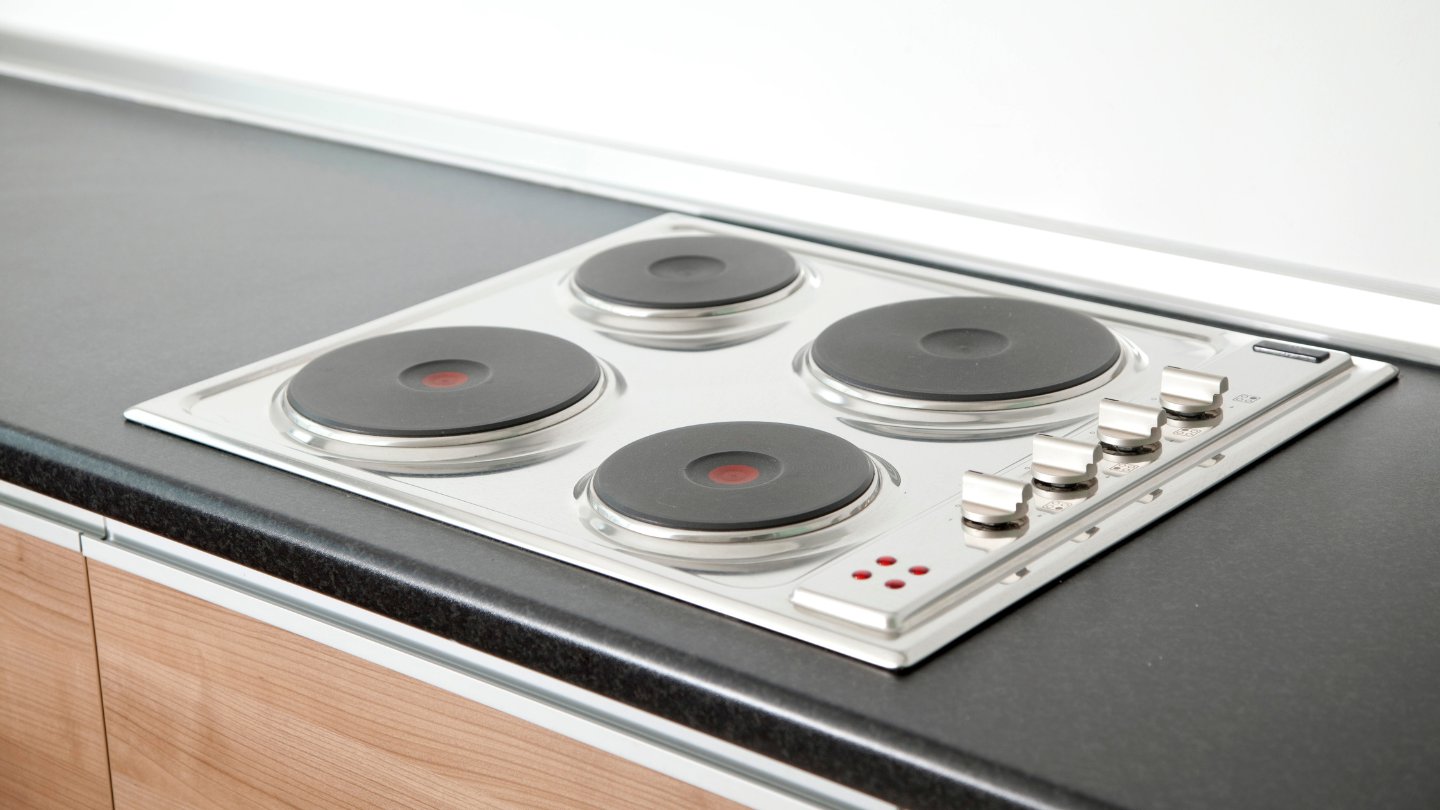
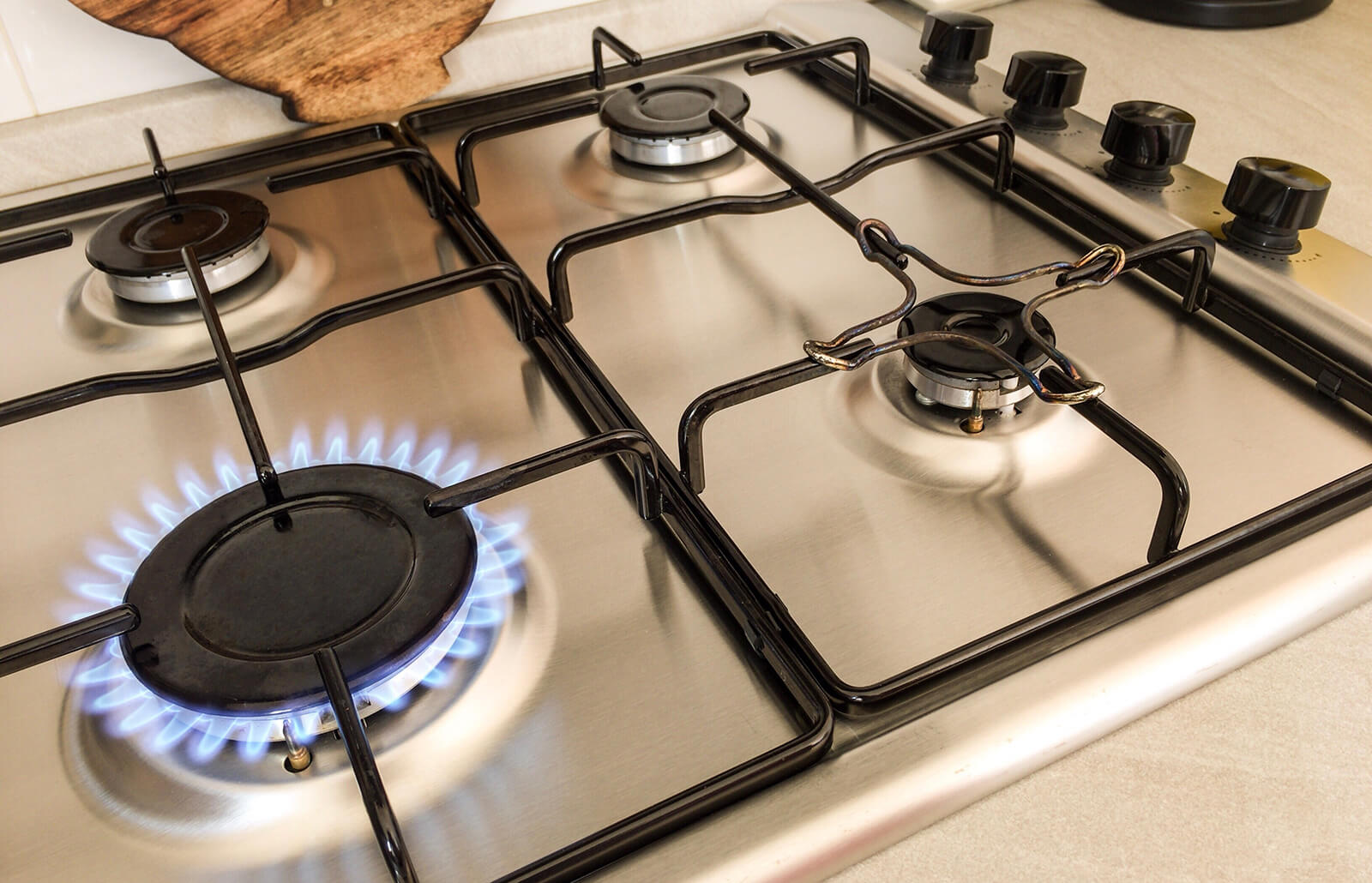
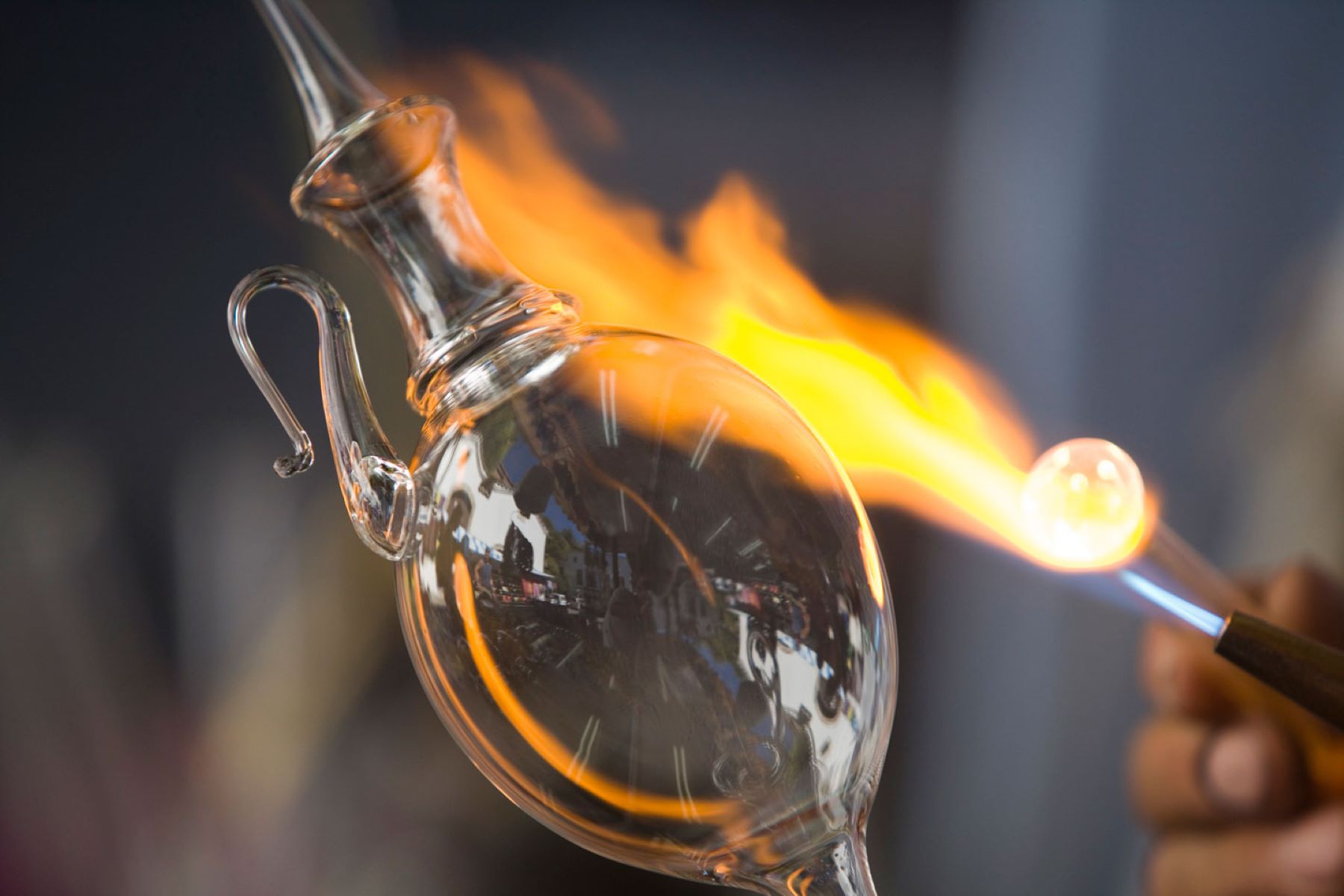
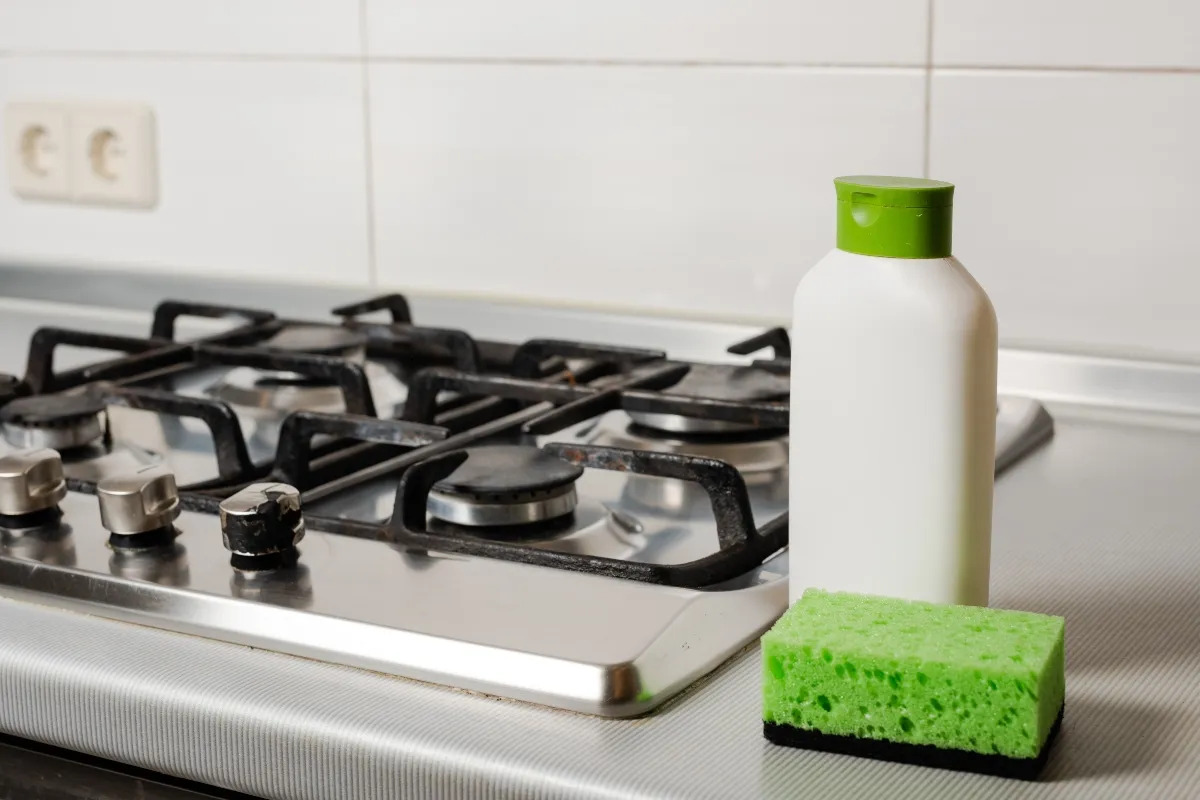
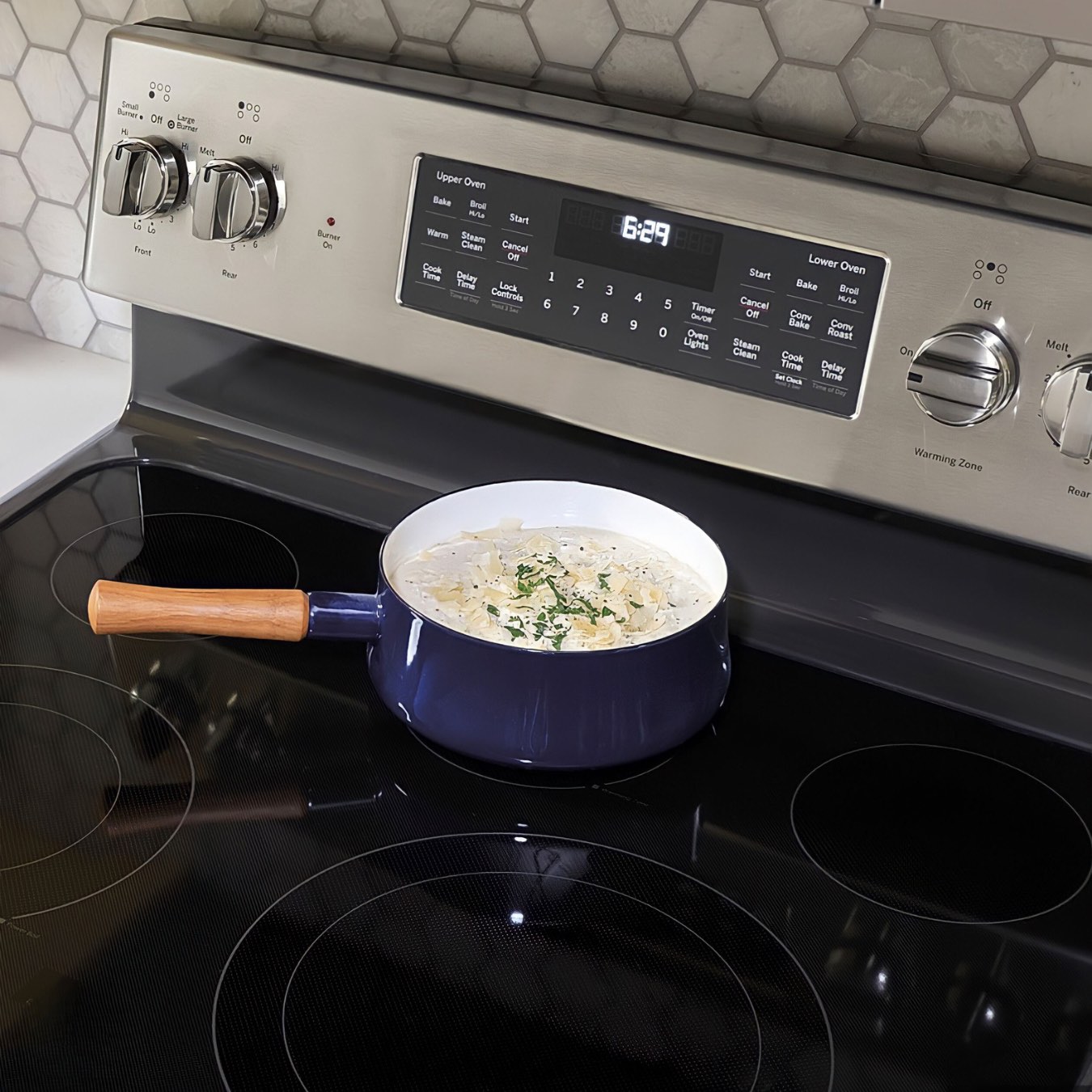
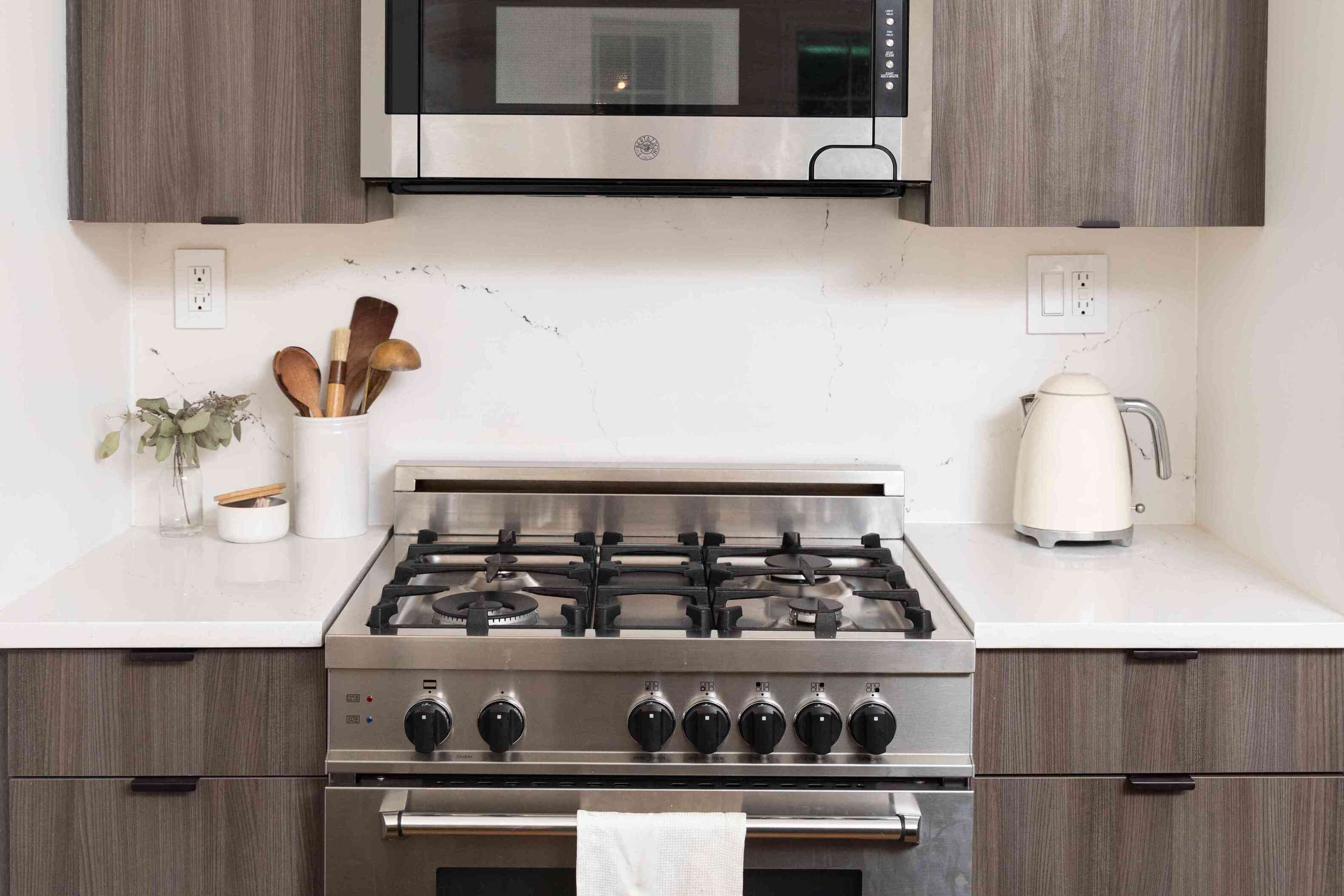
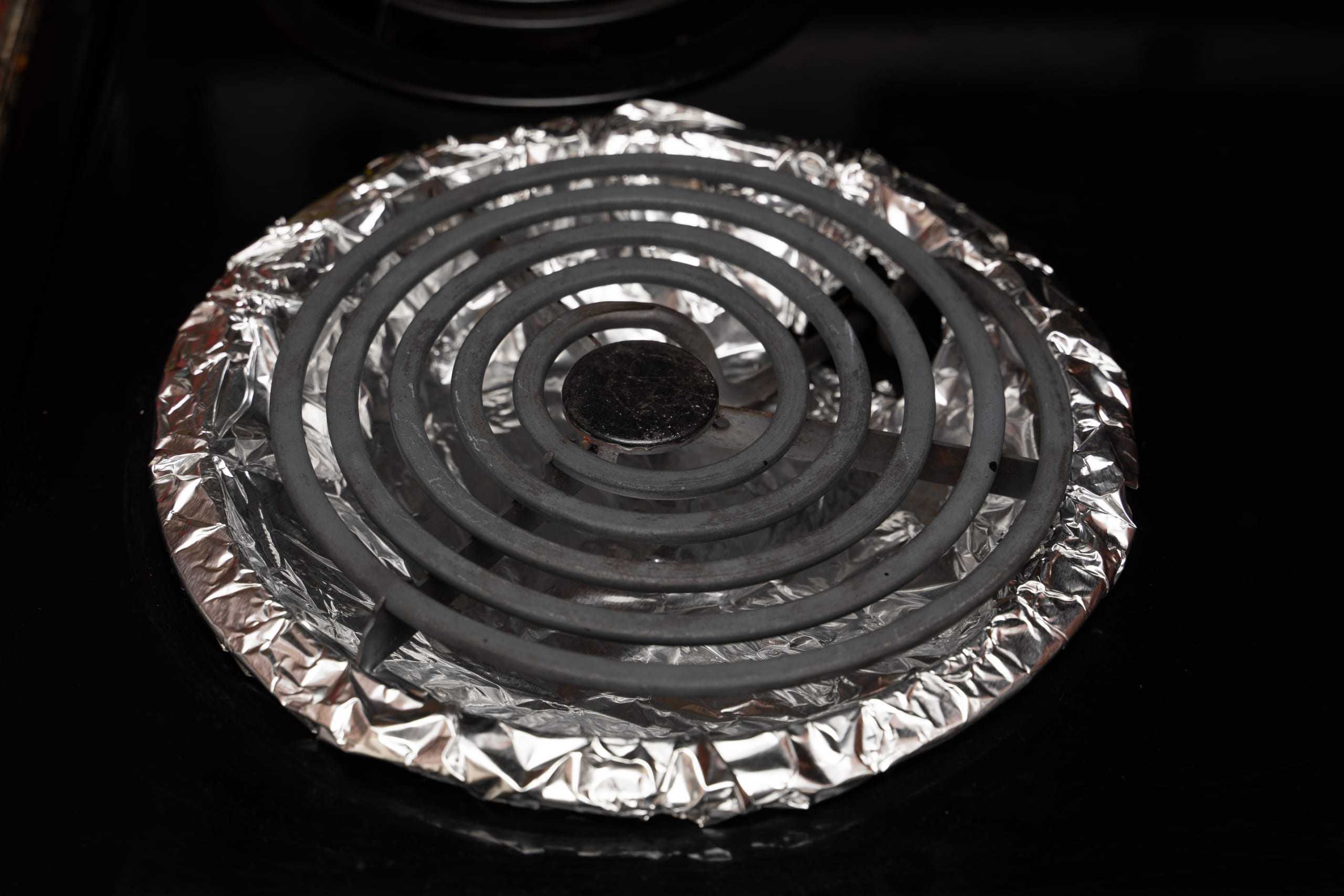
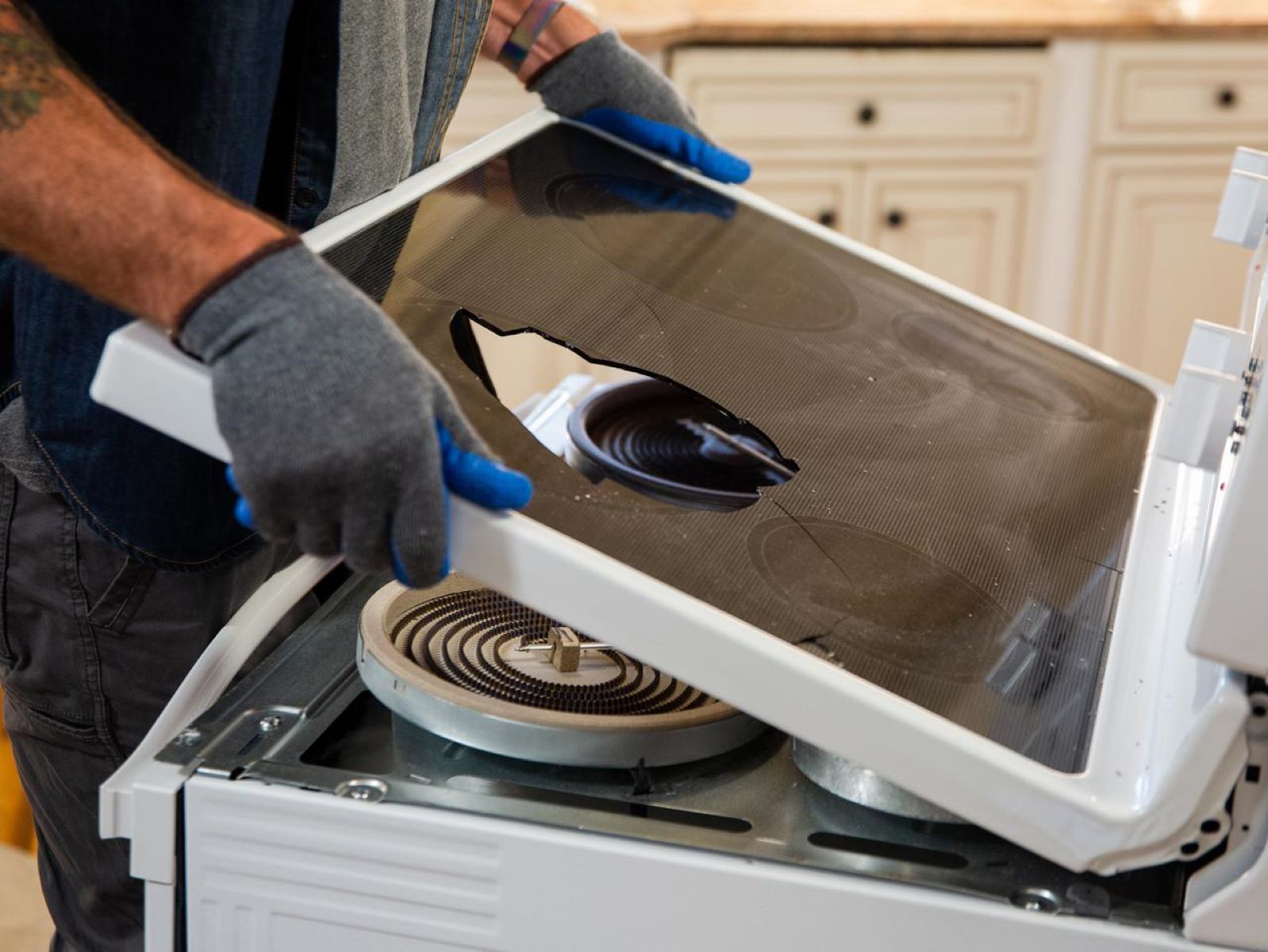
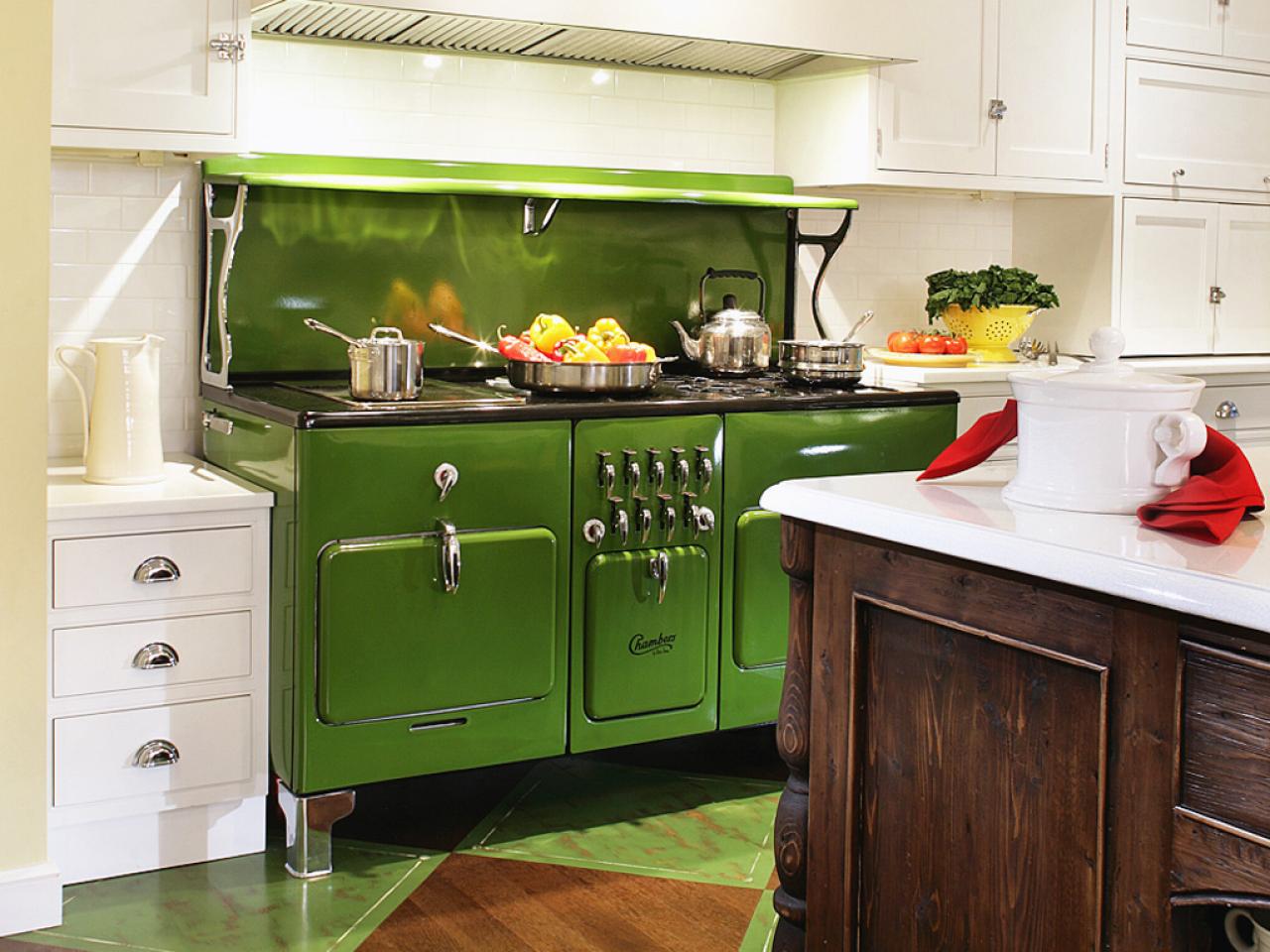
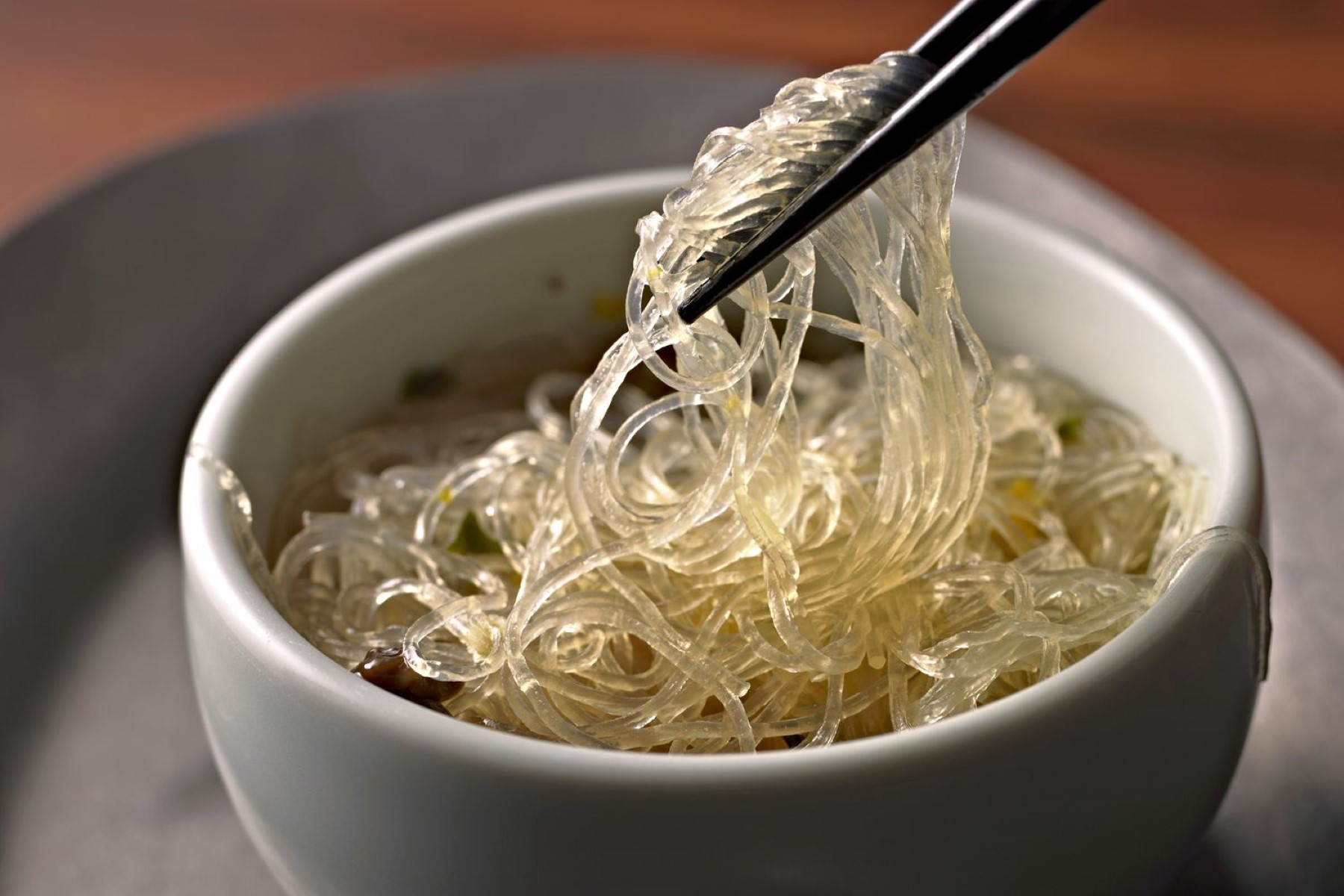
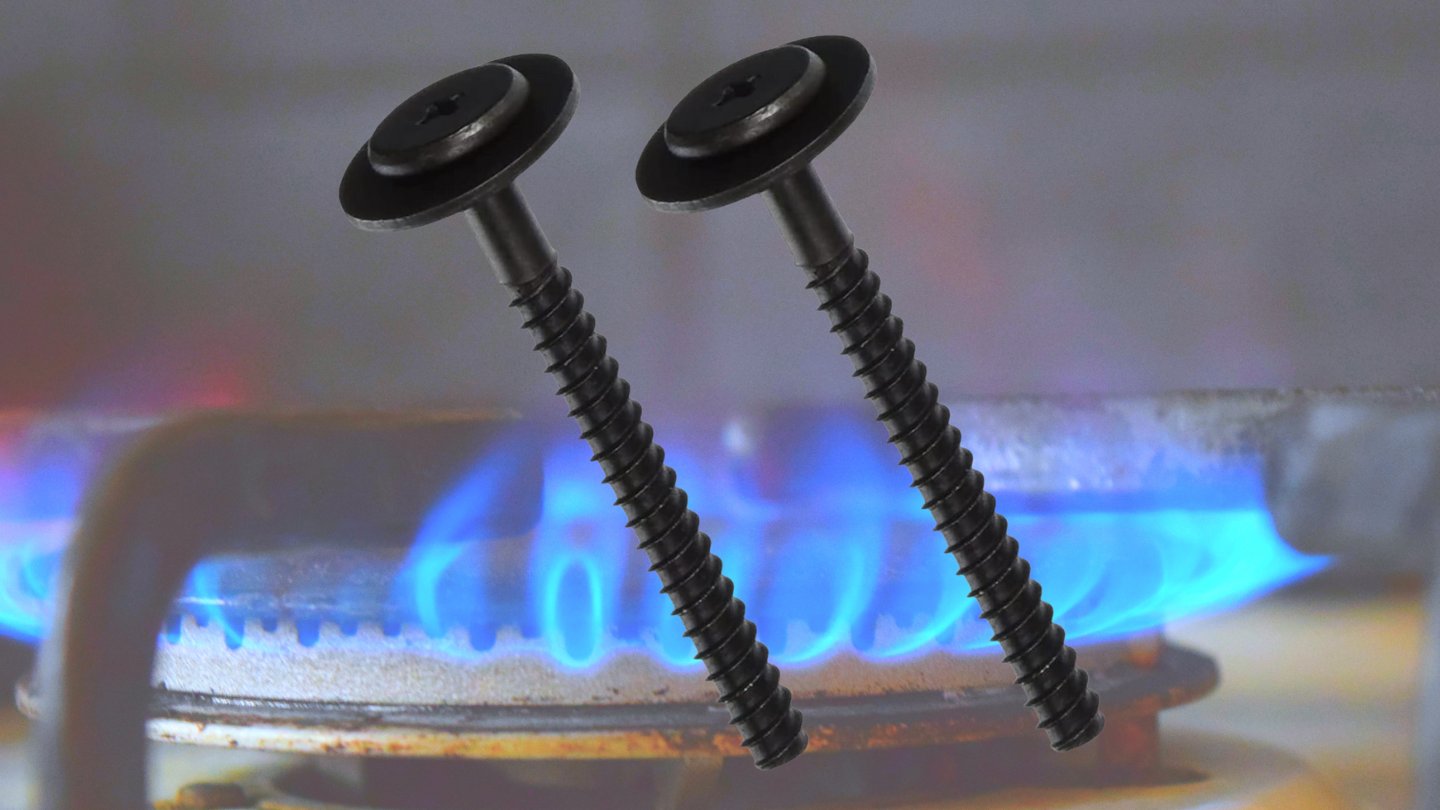

0 thoughts on “What Are Glass Top Stove Burners Made Of”